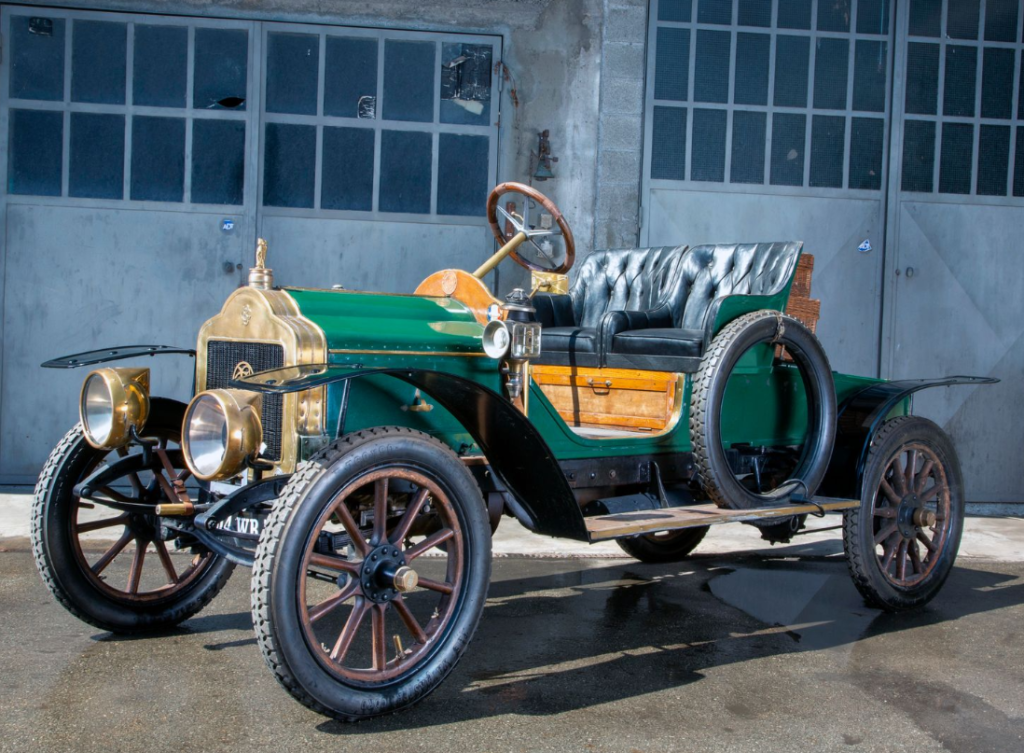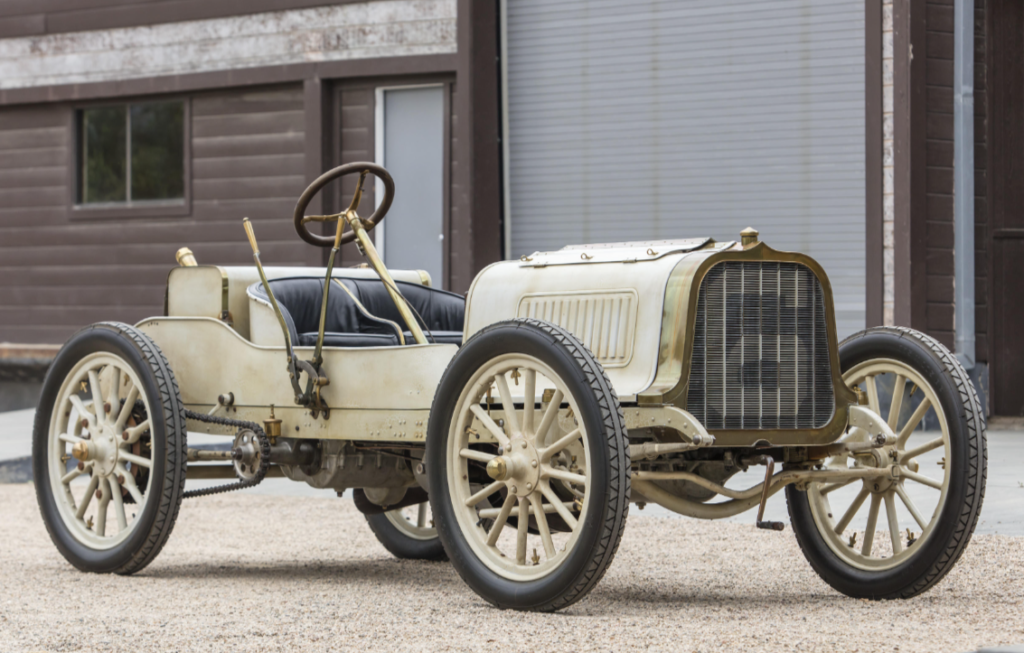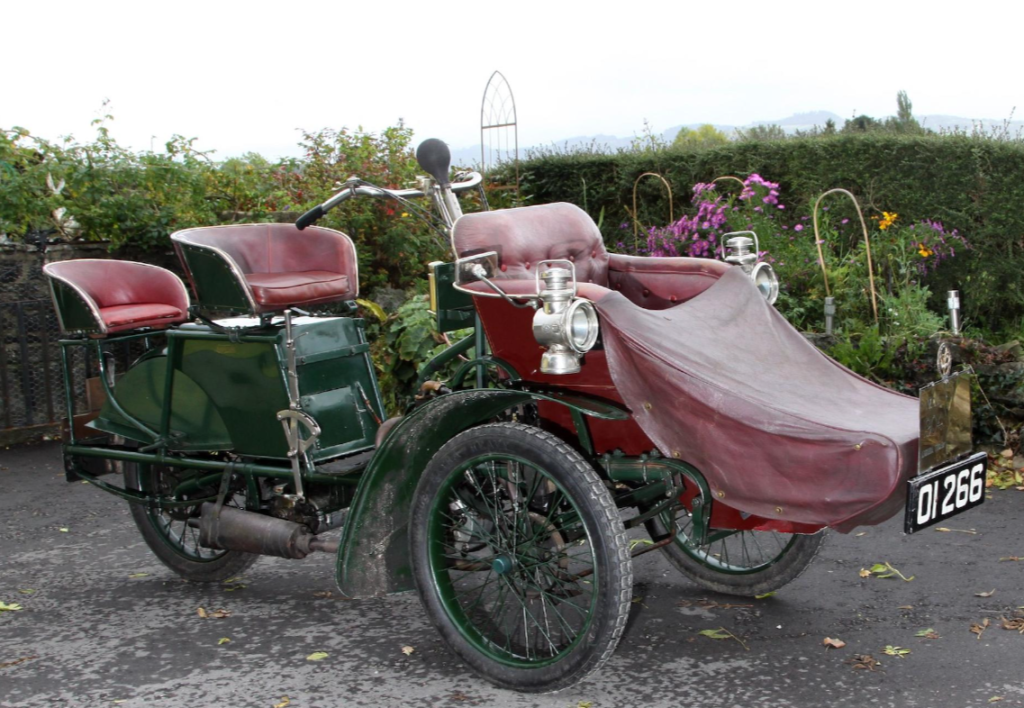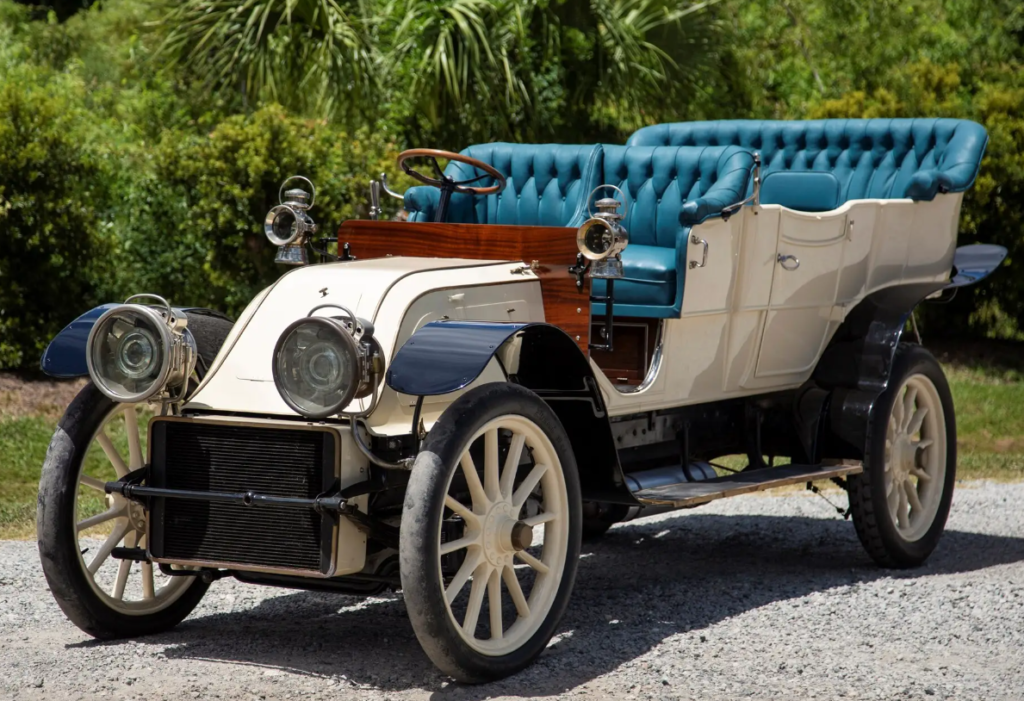1904 Napier L48 Samson 15-Liter
Offered by Bonhams | Amelia Island, Florida | February 29, 2024

The roots of Napier could be traced back to a company founded in 1808. The original founder’s grandson took over the company in 1895 at age 25. Just a few years later they were building motor cars. And race cars.
The L48 was built for setting records. It’s powered by a massive 15.0-liter inline-six that makes an incredible 240 horsepower. At Ormond/Daytona Beach in 1905 the car hit 104 mph over the flying mile. That was a world record, and it was the first car to hit 100 mph in the U.S. and the first British car to break that barrier. In 1908 it broke 130 mph at Brooklands.
Napier later sold the car for scrap, which is pretty terrible in terms of keeping your history alive. The engine went into a boat and survived, later being discovered in Australia, where a replica of the original 1904 L48 was constructed around it.
Sure, this isn’t the exact car that set the speed records, but the wonderful one-off motor did. It’s still worth a lot: with an estimate of $900,000-$1,100,000. Click here for more info.









